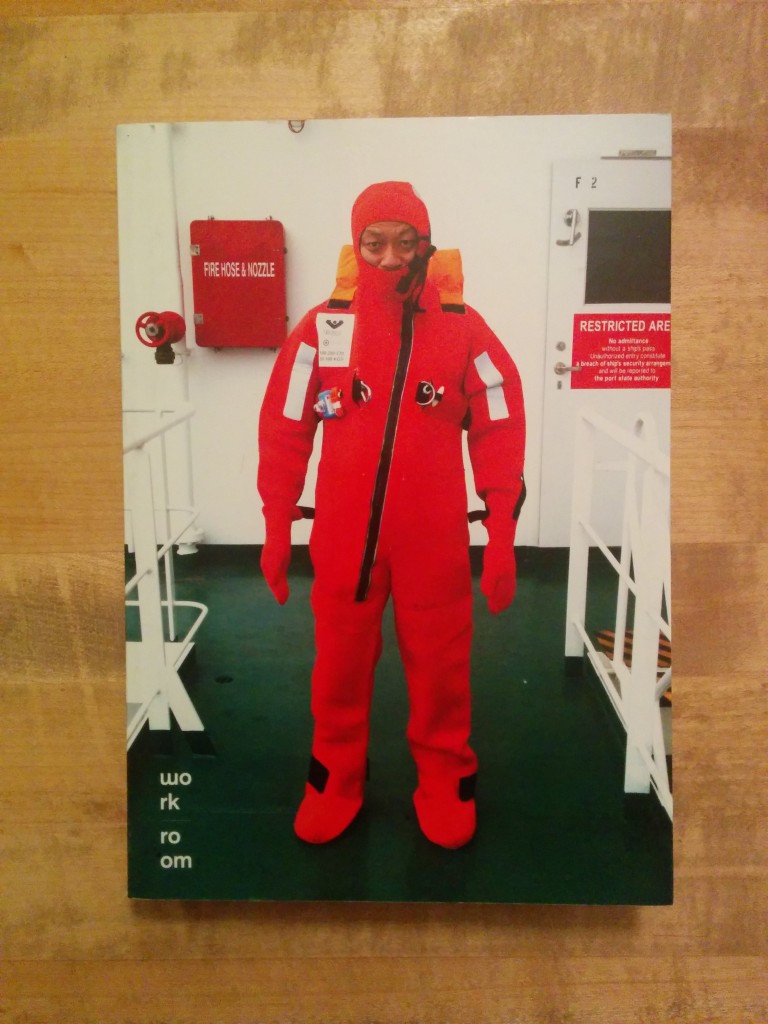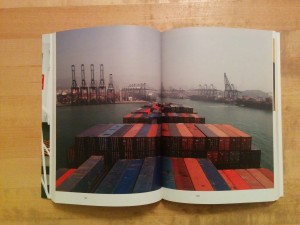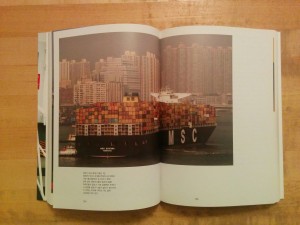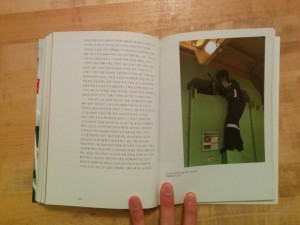This isn’t a review of a single book but rather a first look at a publishing initiative. Noonbit has embarked on an ambitious project of releasing a broad series of affordably priced books that expand the audience for photo-books in Korea: Noonbit Collection of Korean Photographer’s Works. The intent is for these books to be accessible, approachable and readable in the same way that novels or books of poetry are. These are nice but not lavishly produced softcover volumes with straight forward design. In late 2014 they released the first set of ten books. These ten will be followed with additional sets of ten books.
The first series of ten books is:
- 01 DMZ, Koo Bohnchang
- 02 The Southern Line of East Coast, Kim Geum-Soon
- 03 On the Road, Kim Moon-Ho
- 04 The Reason of Affection for a Walk / Zoology, Kim Bien-hun
- 05 Daily Reduced Special Rate, Kim Jeeyoun
- 06 Snow, Min Byun Hun
- 07 National Song Contest, Byun Soon-Cheol
- 08 Beach Kamami in YeongGwang, Shin Eun-Kyung
- 09 Pumgeolri in Soyangho (lake), Im Jay Cheon
- 10 Hands, Jun Min Cho
As may be apparent from the titles and photographers chosen, this series goes beyond simply making photography accessible: it plants a flag for a certain kind of photography: straight documentary. It also lays out an over-arching examination of “Korean-ness.” The following Wright Morris quote opens an unrelated book on landscape photography I’ve just begun reading: “The camera eye is the one in the middle of our forehead, combining how we see with what there is to be seen.” Here we have ten Korean photographers documenting different locations or subjects throughout Korea; the “how we see” extending across these books is the publisher’s vision. At a meta level, the totality of this series is (or will be) is Noonbit’s vision of Korean-ness and Korean photography. (It will be interesting to see the overlaps and divergences with the Korean photography overview project that Suejin Shin is working on.)
In a way, this series is a product of the digital age. It can be seen as a traditional media outlet’s response to websites and blogs like Lenscratch, Feature Shoot, burn or 500 Photographers. These sites present an even more affordable (free) and accessible (online, immediate) selection of photography that reaches across cultures, borders and styles. One might wonder why Noonbit didn’t make its initiative in digital space. Why not make this a long-running digital property like 500 Photographers except focused on Korean photographers? Why not make this a blog like Conscientious that presents critical context for the work?
Noonbit offers photographers the status conferred by the lasting nature of a physical book. A blog post may live forever in the cloud, but it is ultimately ephemeral, replaced endlessly by new content. A thousand (or a million!) people may see a blog post, but only as part of a flow of content. A book is an artifact in the physical world; its journey may touch only a few people but it will be a continuing fact for those people. Its physical state makes its impact longer lasting.
Both the digital and the physical have their value and their uses. I believe that an opportunity may have been missed in not making this series a marriage between the two. What rich opportunities for interaction could have been presented between the physical book and an expansive digital mirror? What kind of a community might have grown around the books? What conversations might have been sparked? How many more people might have been reached and touched by these works? The likelihood of the physical books making it to the West is slim, but a multi-lingual web platform or an app presented in conjunction with the physical books could have reached outside Korea creating a richly interactive environment to explore these photographers, their works and the contexts within which they exist.
As they are, the books are a wonderful introduction to Korean photography, or at least a subset of Korean photography. It would be wonderful if a retailer like Photo-Eye, Dashwood or the ICP’s bookshop saw fit to bring them to the US.
I’ll be writing about some of these books individually in greater detail at a later date.
(This post will be updated with images.)




